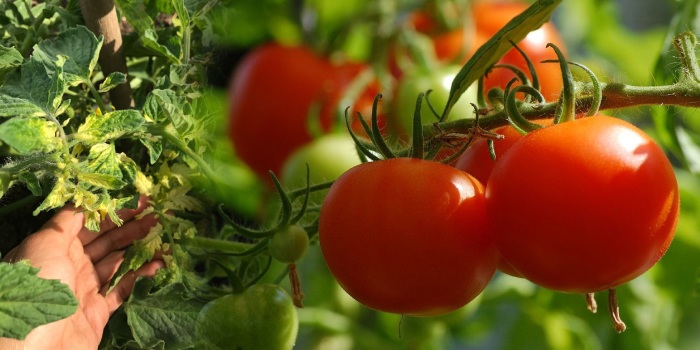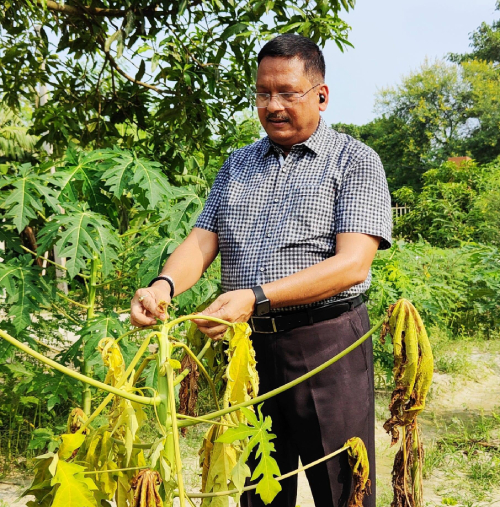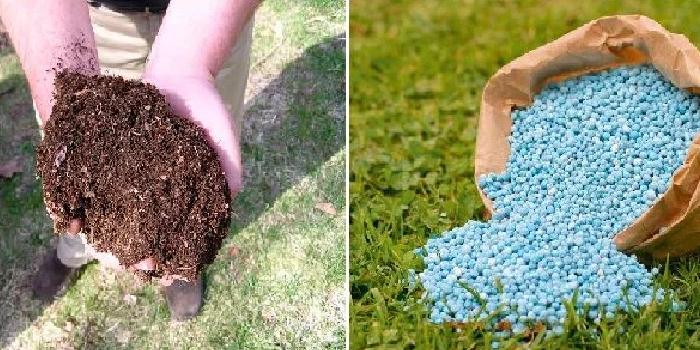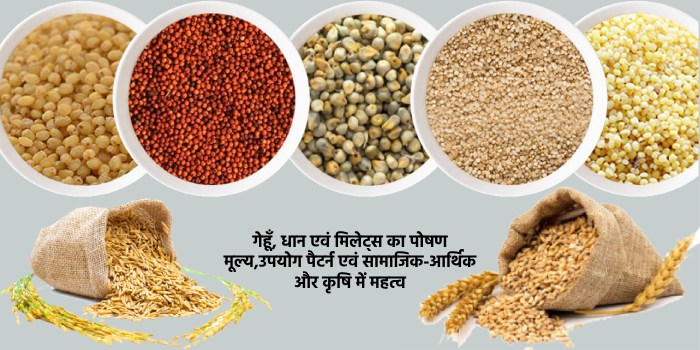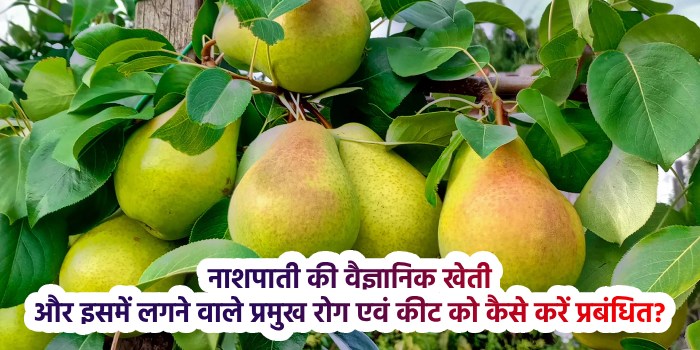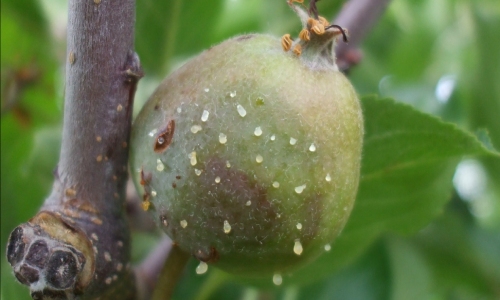
Fire Blight Diseases of Apple and its Management
Prerna Bhargav1, Susheel Kumar1
1. Assistant Professor, Department of Agriculture, SIPS
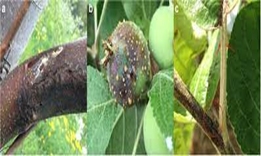 Apple tree is a deciduous tree which belongs to the family Rosaceae which is grown for its fruits, known as apples. Apple (Malus pumila/ malus domestica) is an important temperate fruit. Apple fruits are one of the most widely cultivated fruits in the world. China is the largest apple producing country in the world. According to Korban and Skirvin 1984 the cultivated apple is likely the result of inter specific hybridization Malus ×domestica.
Apple tree is a deciduous tree which belongs to the family Rosaceae which is grown for its fruits, known as apples. Apple (Malus pumila/ malus domestica) is an important temperate fruit. Apple fruits are one of the most widely cultivated fruits in the world. China is the largest apple producing country in the world. According to Korban and Skirvin 1984 the cultivated apple is likely the result of inter specific hybridization Malus ×domestica.
In India, Apple is mainly cultivated in Jammu & Kashmir; Himachal Pradesh; Uttarakhand. It is also cultivated to a small extent in Arunachal Pradesh; Nagaland; and Sikkim. Some of the important varieties cultivated in different states of India are as M 9, M 26, M7,Lal Ambri (Red Delicious x Ambri), Sunehari (Ambri x Golden Delicious), Michal, Schlomit, Anna, Tamma, Tydeman’s Early, Red Gold, Golden Delicious etc.
Popularity of apple among the fruits is because of many ways that they can be consumption, convenience and durability. Apples carry a huge importance as according to Downing (1989) it can be processed into sauce, slices, or juice and are favored for pastries, cakes, tarts, and pies.
The pulp of apple is processed into candies. Apple juice can be consumed fresh, either natural or filtered and can also fermented into alcoholic beverages such as cider or wine more than that it can be distilled into brandy or transformed into vinegar. Apples also provide vitamins A and C, are high in carbohydrates and are also a good source of dietary fibre.
Fire blight is a common and very destructive bacterial disease of apples and pears. The causal organism of the disease is a bacteria ( Erwinia amylovora), which affects the overall growth of the apple tree which may lead to severe damage to other plants of Rosaceae family also. On apples and pear trees severe symptoms of the disease can be seen on different parts such kill blossoms, fruit, shoots, twigs, branches.
Damage Symptoms:
BLOSSOM AND SPUR BLIGHT: Spring favors the pathogens to cause infection during the period of blossom and spur formation. The pathogen enters into the tree via blossoms and new shoots. Water-soaked symptoms can be seen on the blossom, severely infected blossom wilt and turn brown. Bacteria spread rapidly into other flowers in the cluster and then move down into the spur. Spur blighting take place, in apple it turns brown and black on pear
SHOOT BLIGHT: The symptoms can be seen at the growing tips of shoots which starts to moves rapidly down into older portions of the twigs. Blighted twigs first appear water-soaked, and then turn dark brown or black. As blighted shoots wilt, the twigs bend at the growing point and give a shepherd’s crook” appearance. Blighted leaves remain attached to the dead branches throughout the summer. During warm and humid weather infected shoots will ooze droplets of creamy white bacteria.
STEM CANKERS: The pathogen also attacks the main branches the bark sometimes cracks along the margin which leads to the formation of canker. Younger trees bark becomes water soaked it shows a dark brown to purple coloration. Canker causes girdling in the main branches and trunk leading to dieback in the trees.
FRUIT BLIGHT: Both apple and pear fruit may be blighted. Severely infected fruit show discoloration after that it began to rot. Fruit remain firm and eventually dry out and shrivel into mummies.
ROOTSTOCK SYMPTOMS: Fire blight symptoms on rootstocks usually develop near the graft union. Similar symptoms are shown as that of stem canker in the tree. Fire blight infections in rootstocks can rapidly kill the tree by girdling the rootstock.
Etiology: In the spring season first appearance of fire blight infection can be seen when temperatures get above 180Celsius. Other factors such as rain, heavy dews and high humidity also favors the infection. The organism overwinters as cankers in living tissue on the trunk and main branches or on mummified fruit. Primary infections are initiated during blooming primary infection is carried out by both biotic (pollinating insects i.e., bees, pollen wasps, flies, ants) & abiotic (splashing rain) factors which disseminate the bacteria from the cankers.
Few overwintering cankers relatively become active and a single active canker, enough to infect an entire orchard which produces millions of bacteria. These bacteria multiply rapidly in the blossom nectar, and spread to the spurs (blossom-bearing twigs), new shoots and branches, resulting in secondary infections. Sucking insects such as aphids, leafhoppers or tarnished plant bugs also helps in increasing the infection of shoot by creating wounds on it. Once a shoot is infected, the fire blight bacteria multiply rapidly and droplets of ooze can be seen within three days. Shoots remain highly susceptible to infection until vegetative growth ceases and the terminal bud is formed.
Management Practices: Selection of disease resistant varieties: While establishing an orchard, proper selection of planting material should be done, plant those varieties that are less susceptible to fire blight.
Pruning of affected plant parts: During dormant season (winter) prune out the blighted twigs and cankers, this will remove the fire blight bacteria from the orchard so that the bacteria will not be there to start new infections in the spring. To remove blighted twigs, make a clean cut into healthy tissue that is at least 4 inches below visibly dead wood. Infected plant tissue or part should be taken out of the orchard and burned or placed into the trash
Proper pruning and fertilization practices: Excessive nitrogen fertilizer and heavy pruning will promote vigorous growth of succulent tissue, which is very susceptible to fire blight.
Early season application of copper. Early applications of liquid copper are effective against this plant problem. Mix 0.5 to 2.0 oz per gallon of water and apply at silver tip and bud break — repeat at 3 to 5 day intervals up to petal fall. Use the lower rate if disease pressure is light and the higher rate when conditions favor heavy disease pressure.
The systemic action of Organocide moves throughout the entire plant to treat most common disease problems. Mix 2-1/2 to 5 tsp per gallon of water and apply to foliage. Spray to run-off, as required for disease control
Spray streptomycin at bloom. Streptomycin is an antibiotic that can kill fire blight bacteria before they enter the apple tree. The nectaries of the flowers are where bacteria enter apple trees, so it is critical that streptomycin is applied while the flowers are open. For this reason, streptomycin may need to be applied multiple times until petal fall. Streptomycin can also be applied as a rescue treatment following a severe weather event such as hail, wind-driven rain or high winds.
Control sucking insects. Sucking insects create wounds through which fire blight bacteria can enter. These pests should be controlled throughout the growing season. To protect bees, do not apply insecticides during bloom
References:
- Downing, D. L. (ed.). 1989. Processed apple products. Van Nostrand Reinhold, New York
- Korban, S. S., and R. M. Skirvin. 1984. Nomenclature of the cultivated apple. Hort Science 19:177-180



